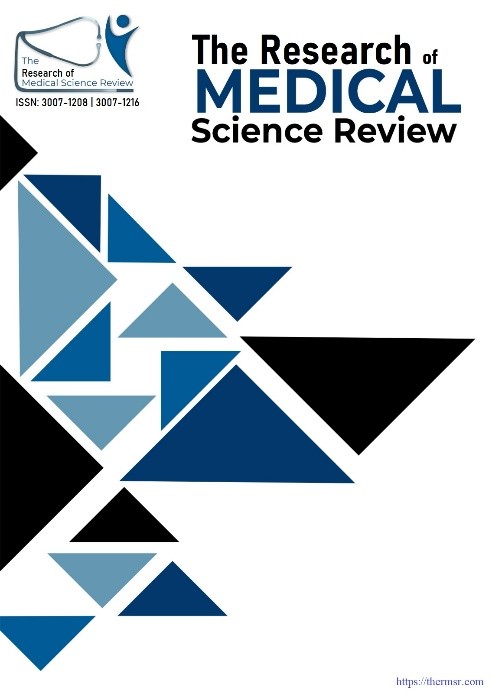EFFECT OF SLOW VERSUS FAST ADVANCEMENT OF ENTERAL FEEDING VOLUME ON THE INCIDENCE OF FEEDING INTOLERANCE AND NECROTIZING ENTEROCOLITIS IN VERY LOW BIRTH WEIGHT NEONATES
Main Article Content
Abstract
Objective: To compare the frequency of feeding intolerance in very low birth weight neonates with slow versus fast advancement of enteral feeding volume and to compare the frequency of necrotizing colitis in very low birth weight neonates with slow versus fast advancement of enteral feeding volume.
Study design: Randomized controlled trial.
Setting: Department of Pediatrics, Quaid-e-Azam International Hospital.
Duration of study: January to June 2025.
Methodology: This trial enrolled a total of 180 neonates (<1500g, <35 weeks gestation) were enrolled and randomized into slow (20 mL/kg/day) and fast (30 mL/kg/day) feeding groups. Feeding was administered every two hours until full enteral volume (180 mL/kg/day) was achieved. Feeding intolerance and NEC were assessed using predefined clinical and radiological criteria.
Results: Mean age of 6.96 ± 1.90 days, gestational age of 31.99 ± 1.32 weeks, and birth weight of 1294.02 ± 99.65 grams. Gender distribution was balanced (52.8% male, 47.2% female). Feeding intolerance was higher in the fast group (30.0%) than in the slow group (17.8%), approaching statistical significance (p = 0.055), while NEC incidence (13.3% vs. 10.0%, p = 0.486). Stratified analysis revealed significantly higher feeding intolerance in more mature neonates (gestational age >32–35 weeks) with fast feeds (31.1% vs. 12.8%, p = 0.033). Other subgroup differences in feeding intolerance and NEC approaching insignificant difference.
Conclusion: Our findings suggest that while fast enteral feeding does not significantly raise NEC risk, it may increase feeding intolerance in select subgroups
Downloads
Article Details
Section

This work is licensed under a Creative Commons Attribution-NonCommercial-NoDerivatives 4.0 International License.
